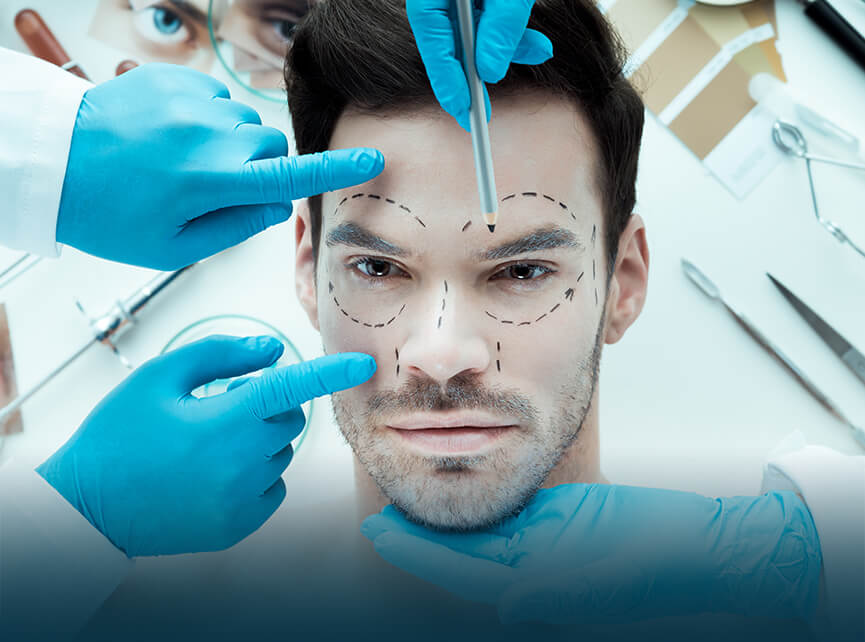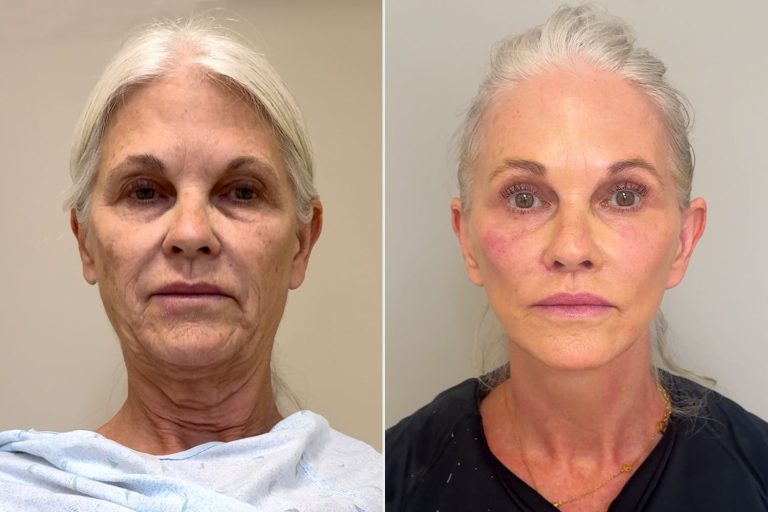
Plastic surgery is an elective medical specialty involving the reconstruction, restoration, or modification of the body. It can be divided further into two broad categories: plastic surgery and elective/non-surgical surgery. Plastic surgery often involves the treatment of burns, nerve damage, facial injuries, cleft lip/palate, and growth deformities. It has also been known to involve the correction of birth defects, such as those that occur in the spinal cord and cerebral paralysis.
The methods used in plastic surgery fall into two major categories: corrective and cosmetic. Corrective procedures are necessary to improve one’s physical condition, while cosmetic procedures are utilized for beautification purposes. Cosmetic plastic surgery methods include the replacement of normal tissue, breast augmentation, face-lift, breast reduction, rhinoplasty, liposuction, and tummy-tuck. Aesthetic plastic surgery procedures include liposuction, breast implants, buttock implants, and chin implants.
The majority of corrective plastic surgery procedures are performed on an outpatient basis under general anesthesia. An incision is made in the normal anatomy of the patient and excess fat, skin, or muscle is removed. The incised area is then stitched or replaced over. Recovery lasts from one to three days. During the healing process, the plastic surgeon will instruct his/her patient on the use of compression stockings, compression bandages, and other products to aid the healing process.
If a patient wishes to undergo cosmetic or reconstructive plastic surgery, the procedures are separated. Most times a patient chooses to undergo aesthetic procedures first. The cosmetic doctor will then create a “face template” using surgical techniques similar to that used by a plastic surgeon to create the face template of their patient. Once the face template is complete, the patient is instructed on how to use surgical scissors to remove excess skin, fat, and muscles from the face and create a more aesthetically appealing shape. After the patient’s jawbone is deformed, the reconstructive cosmetic surgeon will create a synthetic bone graft using the patient’s own bones and tissue.
After completing aesthetic plastic surgery procedures, most patients undergo facial rejuvenation. Some procedures allow patients to have a more youthful appearance while others promote a more wrinkle-free appearance. Many cosmetic surgeons have developed and offer a variety of injectable fillers. The injectable filler is injected directly into facial crevices and over the fatty layer of the skin in order to firm, plump, and smoothen wrinkles, lips, and facial skin.
A hand surgery requires a specific procedure and will vary from state to state. It is important to find a board-certified plastic surgery and facial rejuvenation specialist that are board-certified and specialize in hand surgery to make sure you are receiving the best results. Plastic surgeons with a specific procedure or even board certification can also offer additional medical services such as fertility treatments and/or breast augmentation. A reputable plastic surgeon will work closely with you and your medical team to develop a personalized treatment plan to address your particular needs. Plastic surgery training is beneficial to patients looking to enhance their self-confidence, improve their overall appearance, and increase their quality of life.






